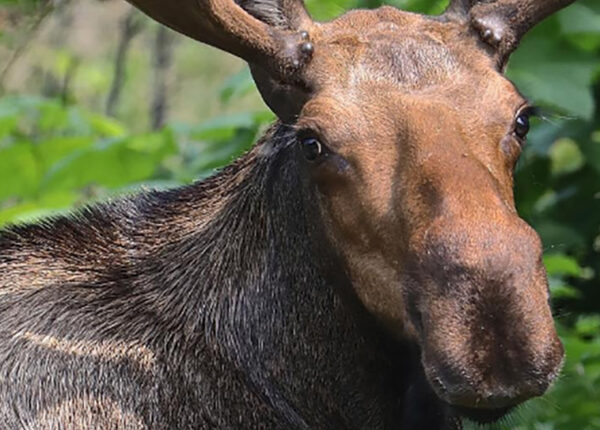Studying Lake Trout in our Peace Region
A four-year, FWCP-funded project on lake trout in the Williston Reservoir is now complete and the outcomes give us more insight into the behaviour and movements of lake trout in the reservoir, which until now were largely unknown. However, more work is still needed which is why we have developed new priority actions related to lake trout in our updated Rivers, Lakes and Reservoirs Action Plan. The action plan identifies priority actions eligible for FWCP funding and will guide our funding decisions for the next five years.
The project, led by Diversified Environmental Services in collaboration with Carleton University, aimed to better understand reproductive behaviour and movement of lake trout, and potential interactions they may have with the provincially Blue-listed (vulnerable) bull trout. This information can then be used to inform conservation and management actions for the species.
With the creation of the Williston Reservoir, the previous riverine habitat changed to a large, deep, cold body of water and lake trout thrive in this type of habitat. Populations of lake trout may be increasing as a result, and may be competing with, or impacting, other species.
In natural systems, they typically spawn in the fall on cobble shoals and shorelines, however, in the reservoir, water levels may fluctuate up to 17 metres, preventing lake trout from doing so. The project discovered that lake trout don’t have a problem spawning well below the reservoir’s drawdown zone. Sixty adult lake trout, mostly in the Peace Reach of Williston Reservoir, were captured and implanted with acoustic transmitters as part of the project, and their movements were recorded by fixed acoustic hydrophone receivers, resulting in more than 917,000 detections.
The results indicate that Peace Reach adults made seasonal movements to the west end of the reach during early to mid-summer, and back again in the fall. A preliminary analysis also suggests that bull trout generally occupy shallower depths than lake trout. This may indicate that bull trout are being excluded from deeper water by the presence of lake trout, or that the two species are selecting different habitats. More work is planned—and forgive the pun—to dive deeper into this question and further data is expected to become available in 2021.
More: PEA-F20-F-2948





